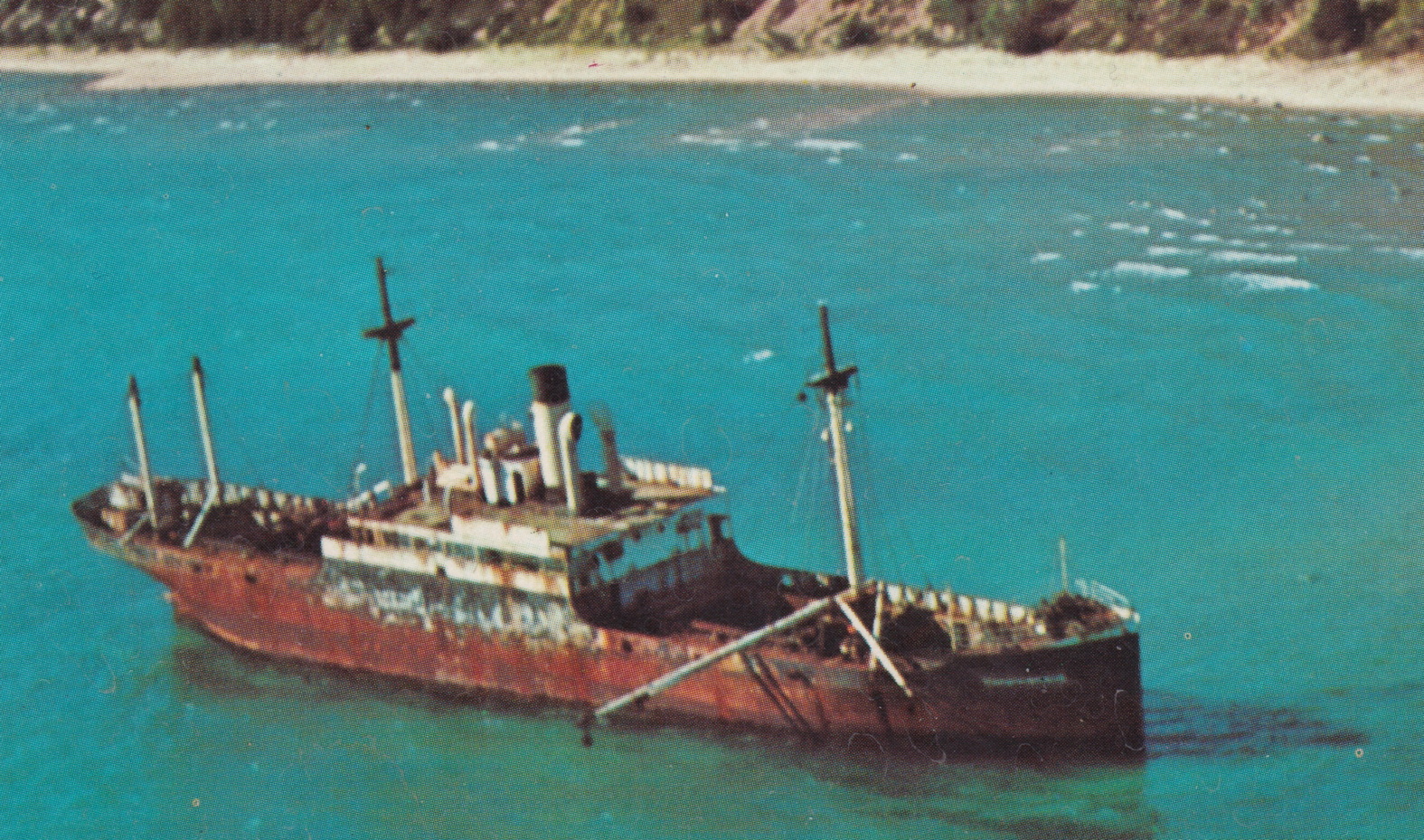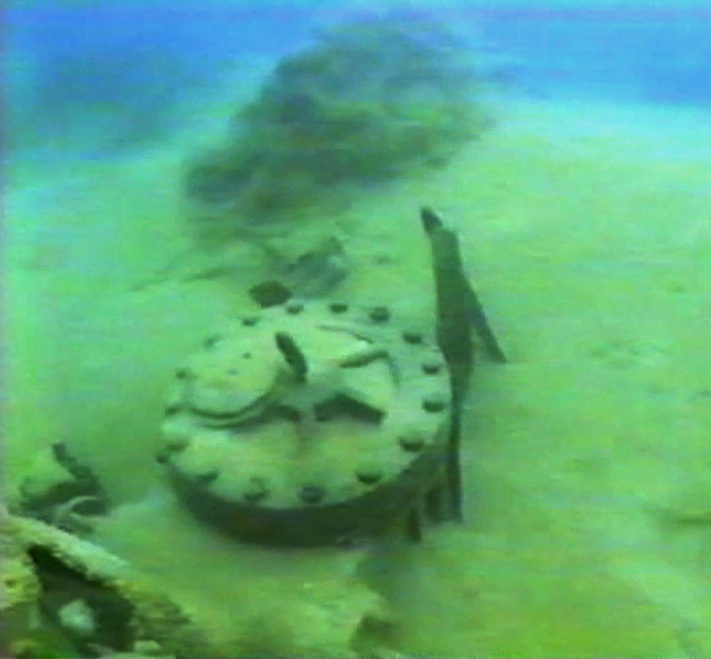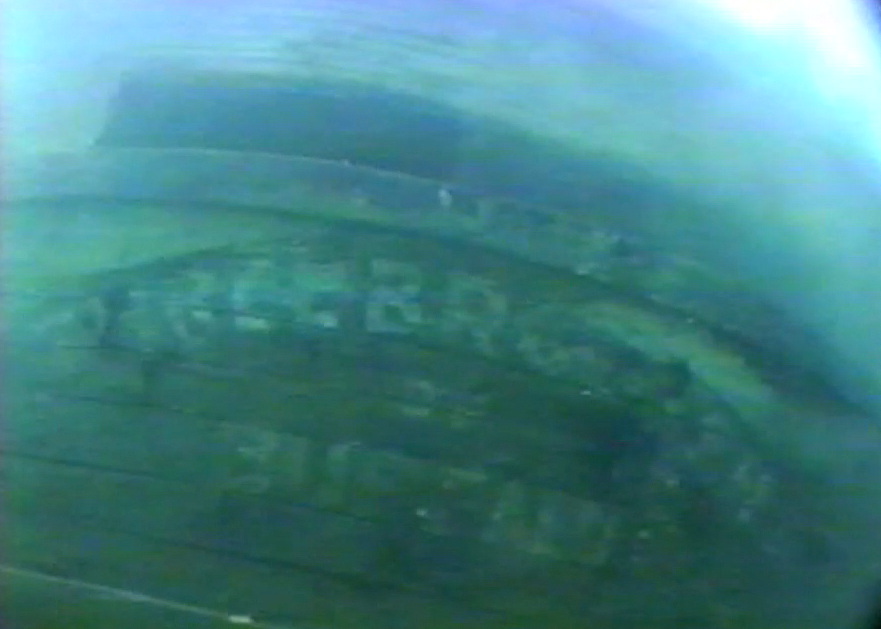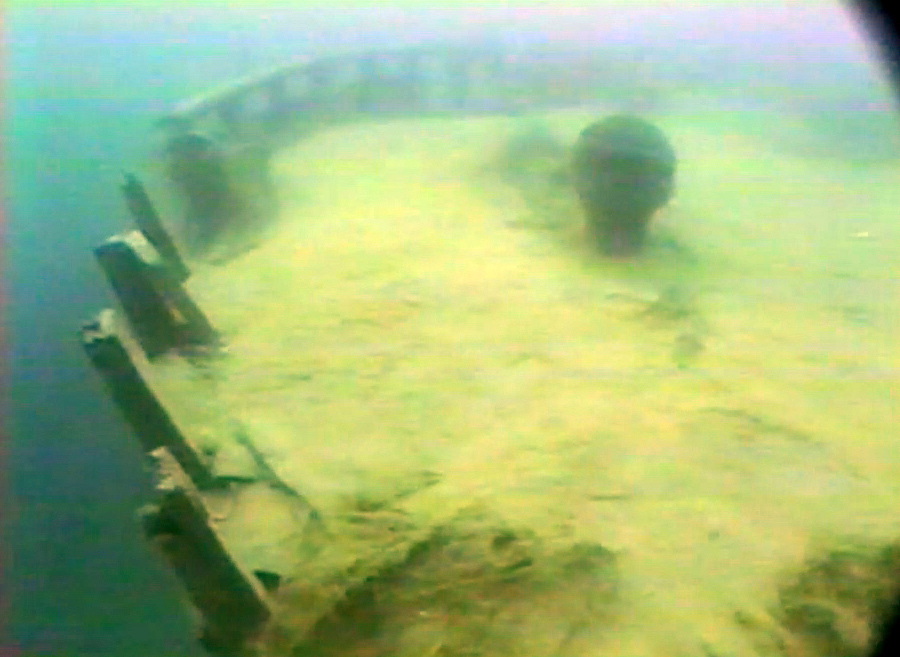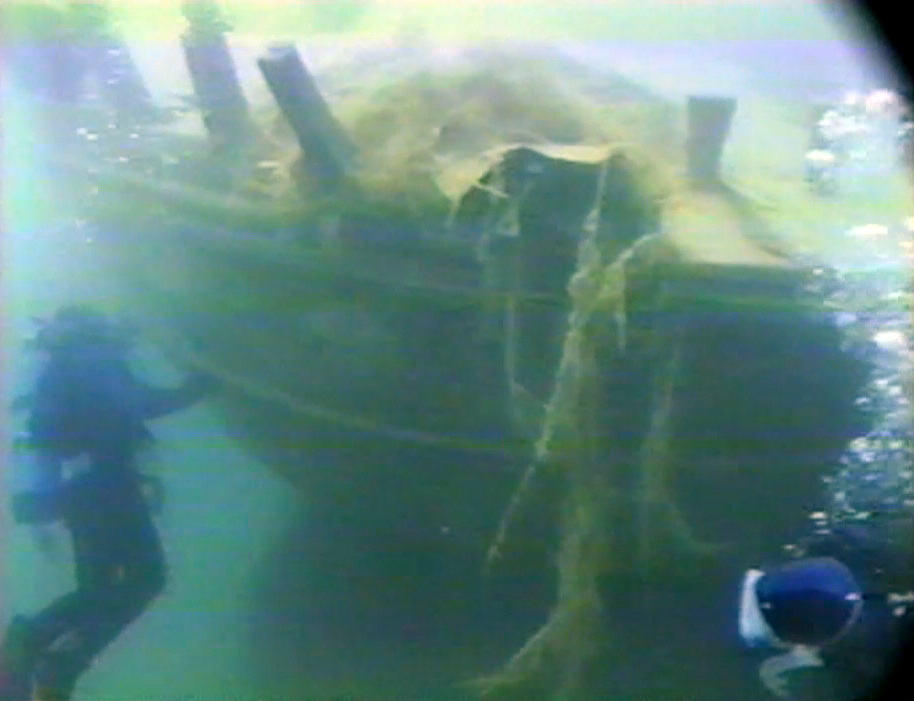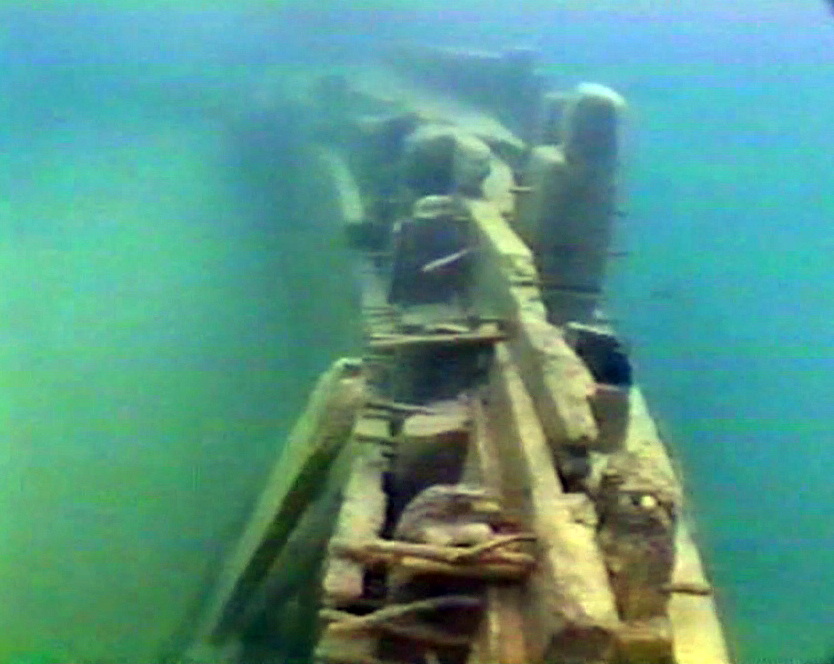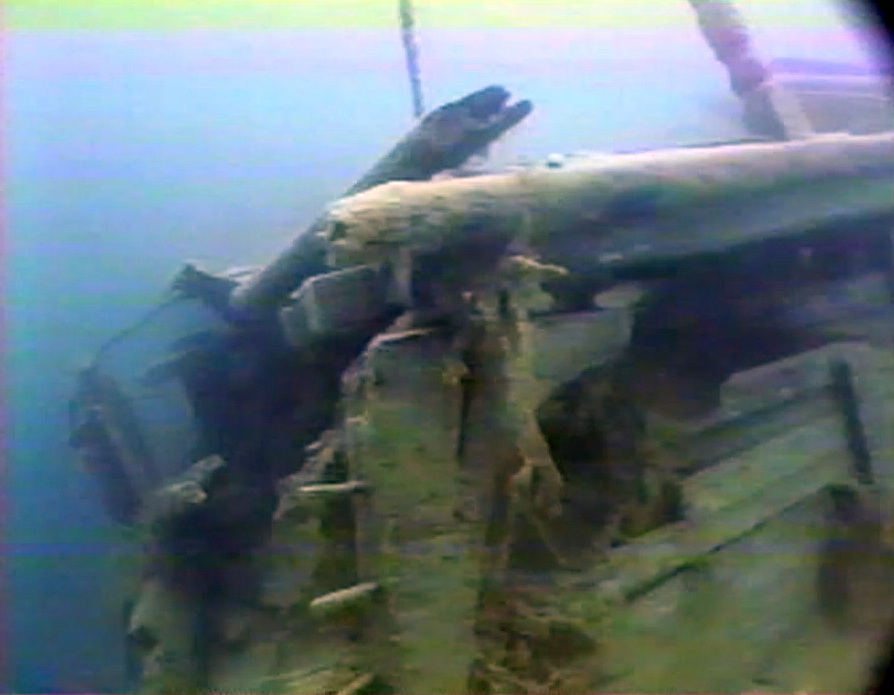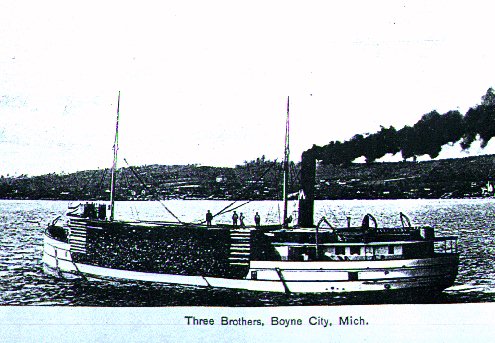Manitou Passage Underwater Preserve
One of the richest areas in Michigan for shipwreck diving is the Manitou Passage Underwater Preserve. It surrounds the North and South Manitou Islands in Lake Michigan and lies next to Michigan’s Sleeping Bear Dunes National Lakeshore.
During the heyday of Michigan lumbering, this was a booming shipping area. It is also an area where ships have sought safety by attempting to ride out storms in the lee of the Islands. These activities have produced a substantial inventory of known and unknown shipwrecks.
The dive sites are not usually buoyed although most of the near shore sites are readily identified. Divers should be prepared to locate and appropriately moor to them.
The Manitou Passage Underwater Preserve is also home to a large number of docks and wharfs built during the boom times of lumbering. The towns of Empire and Glen Haven, among several others, have notable areas where divers can explore dock ruins and associated artifacts.
In addition to diving, the Manitou Passage Underwater Preserve affords visitors convenient access to the Sleeping Bear Dunes National Lakeshore – a great place for camping, hiking and sightseeing. It is also in close proximity to the many resort activities at nearby Traverse City. Visit the websites for the Sleeping Bear Dunes Visitors Bureau, or the Pure Michigan travel site, for more information.
Shipwrecks & Dive Sites
| Wreck Name & Year Lost | Depth | GPS/LAT/LON |
|---|---|---|
| Alva Bradley (1894) | 20′ to 27′ | N 45° 02.270 W 085° 59.260 |
| Congress (1904) | 165′ | N 45° 01.490 W 086° 05.450 |
| Flying Cloud (1892) | to 14′ | N 44° 56.190 W 086° 57.390 |
| Walter L. Frost (1903) | 10′ to 12′ | N 44° 59.762 W 086° 08.552 |
| William T. Graves (1885) | 20′ | N 45° 02.900 W 086° 00.397 |
| General Taylor (1862) | 10′ to 12′ | N 44° 53.700 W 086° 04.550 |
| James McBride (1857) | 5′ to 15′ | N 44° 53.690 W 086° 04.550 |
| Montauk (1882) | 35′ | N 45° 09.450 W 085° 59.510 |
| H. D. Moore (1907) | 10′ to 12′ | N 45° 02.020 W 086° 04.440 |
| Francisco Morazan (1960) | to 20′ | N 44° 59.070 W 086° 08.090 |
| P.J. Ralph (1924) | 35′ | N 45° 01.110 W 086° 06.010 |
| Rising Sun (1917) | 6′ to 12′ | N 44° 58.160 W 085° 55.908 |
| Supply (1869) | 8′ to 10′ | N 45° 08.220 W 085° 58.220 |
| Three Brothers (1911) | 5′ to 45′ | N 45° 00.645 W 086° 05.517 |
Among the best shipwreck dives in the Manitou Passage Underwater Preserve are:
Francisco Morazan
The ocean going freighter Morazan was built in 1922 and was lost in a snowstorm on November 29, 1960. This 247 foot package freighter ran aground on rocks off the south end of South Manitou Island. The broken hull now rests in very shallow water a few hundred yards from the shore. This novice level site permits easy access to the hull and associated debris.
Walter L. Frost
The 235 foot long wooden steamer Walter L. Frost was lost when she ran aground on November 4, 1903 on South Manitou Island. She is now broken up largely because the Morazan ran aground on top of her. The Frost, being in shallow water of about 12 feet offers explorers an ideal view of her remaining hull, boilers and related artifacts.
Alva Bradley
The Alva Bradley was a three masted schooner, 192 feet long, launched at Cleveland, Ohio in 1870. She was lost in a gale on October 13, 1894. The wreck of the schooner was discovered in 1990 in about 20 to 27 feet of water between North and South Manitou Islands. This largely intact wreck affords access to her cargo of steel billets and many maritime artifacts. Remains of her rigging and more artifacts lie about 200 yards northeast of the hull.
Three Brothers
First launched in 1888 as the May Durr, the Three Brothers was a 162 foot long wooden steamer. She beached on September 27, 1911 on the lee side of South Manitou Island. She was abandoned to the weather and the combination of winter storms and shifting sand quickly buried her. In 1996 the weather shifted the sands revealing a nearly perfect shipwreck easily accessible from the beach. While her bow is broken, the stern is intact. The hull is filled with sand. The site is a very desirable novice site with depths from 5 to 45 feet.
Congress
The 265 foot wooden steamer Congress, built in 1867, caught fire at South Manitou Island on October 4, 1904. Most of the stern was engulfed in flames when she sank in about 165 feet of water. The ship’s superstructure can be reached at about 135 feet. The bow portion is largely intact and some cabins can be penetrated. Her engines, boilers and deck equipment are present.
Montauk
The Montauk stranded on North Manitou Island on November 23, 1882. The remains of the 137 foot schooner rest in about 35 feet of water.
Supply
This 132 foot brig rigged vessel was built in 1855 at Buffalo, New York. In November, 1869 she stranded on North Manitou Island. The debris of the ship and her cargo of bricks now lie in 8 to 10 feet of water.
H. D. Moore
The Moore was a 103 foot schooner that stranded at Gull Point, South Manitou Island on September 10, 1907. Her wreckage is scattered in shallow water, 10 to 12 feet deep.
James McBride
The 121 foot brig James McBride ran aground during a storm on October 19, 1857. Her remains lie in 5 to 15 feet of water near Sleeping Bear Point.
Rising Sun
This 133 foot long wooden steamer stranded just north of Pyramid Point on October 29, 1917. She went to pieces and her wreckage now rests in 6 to 12 feet of water.

